Peli Grietzer in Aeon:
 Two hundred years ago, the poets and philosophers of the Romantic movement came to an intoxicating thought: art can express the otherwise inexpressible conditions that make everyday sense and experience possible. Art, the Romantics said, is our interface with the real patterns and relations that weave up the world of rational thought and perception. And, although most philosophers and artists today don’t profess to taking this idea very literally, I believe that not much in our current way of caring about literature and music, film and painting, dance and sculpture, works without it. My purpose here is to show that today’s first blushings of a mathematical viewpoint on pattern, mind and (human) world make the Romantic theory of art literally plausible.
Two hundred years ago, the poets and philosophers of the Romantic movement came to an intoxicating thought: art can express the otherwise inexpressible conditions that make everyday sense and experience possible. Art, the Romantics said, is our interface with the real patterns and relations that weave up the world of rational thought and perception. And, although most philosophers and artists today don’t profess to taking this idea very literally, I believe that not much in our current way of caring about literature and music, film and painting, dance and sculpture, works without it. My purpose here is to show that today’s first blushings of a mathematical viewpoint on pattern, mind and (human) world make the Romantic theory of art literally plausible.
Many will find the thought of letting machine learning theory decide the fate of Romantic philosophy sinister or contrarian, if not a category error. To make real sense of the affordances of this encounter – and to learn that a mathematical-empirical account of mind was inside the Romantics all along – we need to start from the beginning.
More here.

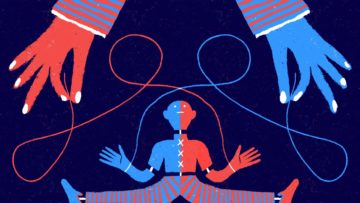 Dazzling intricacies of brain structure are revealed every day, but one of the most obvious aspects of brain wiring eludes neuroscientists. The nervous system is cross-wired, so that the left side of the brain controls the right half of the body and vice versa. Every doctor relies upon this fact in performing neurological exams, but when I asked my doctor last week why this should be, all I got was a shrug. So I asked
Dazzling intricacies of brain structure are revealed every day, but one of the most obvious aspects of brain wiring eludes neuroscientists. The nervous system is cross-wired, so that the left side of the brain controls the right half of the body and vice versa. Every doctor relies upon this fact in performing neurological exams, but when I asked my doctor last week why this should be, all I got was a shrug. So I asked  In
In  E
E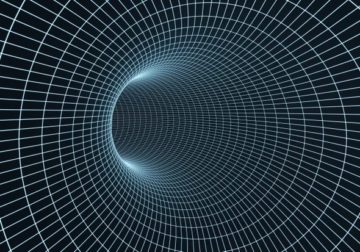 In the movies, time travelers typically step inside a machine and—poof—disappear. They then reappear instantaneously among cowboys, knights or dinosaurs. What these films show is basically
In the movies, time travelers typically step inside a machine and—poof—disappear. They then reappear instantaneously among cowboys, knights or dinosaurs. What these films show is basically 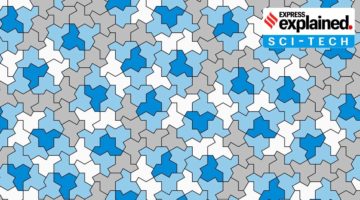 I won’t go into the history of the tiling problem here—Roberts does her typically clear, concise, and beguiling job in the article in question, well supplemented by an equally captivating account offered by longtime friend of the Cabinet, Margaret Wertheim, in a recent issue of her new substack Science Goddess, which you can find
I won’t go into the history of the tiling problem here—Roberts does her typically clear, concise, and beguiling job in the article in question, well supplemented by an equally captivating account offered by longtime friend of the Cabinet, Margaret Wertheim, in a recent issue of her new substack Science Goddess, which you can find 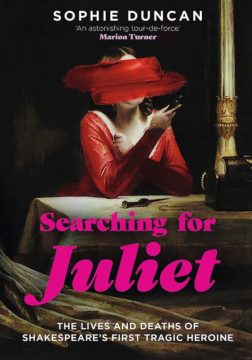 In 1611, the Somerset-born traveller Thomas Coryat described an Italian architectural novelty: a ‘very pleasant little tarrasse, that jutteth or butteth out from the maine building: the edge whereof is decked with many pretty little turned pillers … to leane over’. England’s introduction to the balcony came over a decade after the first performance of William Shakespeare’s tragedy Romeo and Juliet. When it was staged in the summer of 1596, just before London’s playhouses were closed owing to a resurgence of plague, the exchange now universally known as the ‘balcony scene’ was probably transacted at a window opening onto the backstage ‘tiring house’ of the Shoreditch Theatre. The popular image of Juliet as a bright-eyed teenager in white muslin leaning over a balustrade only began to form a century and a half later, when a balcony first appeared as part of the stage set. By the late 1930s, the museum director Antonio Avena had improvised a ‘tarrasse’ from a marble sarcophagus and retrofitted it to the walls of Via Cappello 23 – putative home of the ‘historical’ Capulets in Verona. Visitors now pose on ‘Juliet’s balcony’ as part of an international pilgrimage that also includes visiting a bronze statue of Shakespeare’s heroine and rubbing her right breast for luck.
In 1611, the Somerset-born traveller Thomas Coryat described an Italian architectural novelty: a ‘very pleasant little tarrasse, that jutteth or butteth out from the maine building: the edge whereof is decked with many pretty little turned pillers … to leane over’. England’s introduction to the balcony came over a decade after the first performance of William Shakespeare’s tragedy Romeo and Juliet. When it was staged in the summer of 1596, just before London’s playhouses were closed owing to a resurgence of plague, the exchange now universally known as the ‘balcony scene’ was probably transacted at a window opening onto the backstage ‘tiring house’ of the Shoreditch Theatre. The popular image of Juliet as a bright-eyed teenager in white muslin leaning over a balustrade only began to form a century and a half later, when a balcony first appeared as part of the stage set. By the late 1930s, the museum director Antonio Avena had improvised a ‘tarrasse’ from a marble sarcophagus and retrofitted it to the walls of Via Cappello 23 – putative home of the ‘historical’ Capulets in Verona. Visitors now pose on ‘Juliet’s balcony’ as part of an international pilgrimage that also includes visiting a bronze statue of Shakespeare’s heroine and rubbing her right breast for luck. The novelist and screenwriter
The novelist and screenwriter 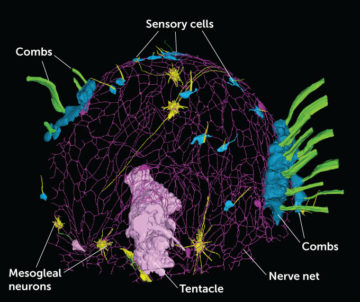 Shimmering, gelatinous comb jellies wouldn’t appear to have much to hide. But their mostly see-through bodies cloak
Shimmering, gelatinous comb jellies wouldn’t appear to have much to hide. But their mostly see-through bodies cloak 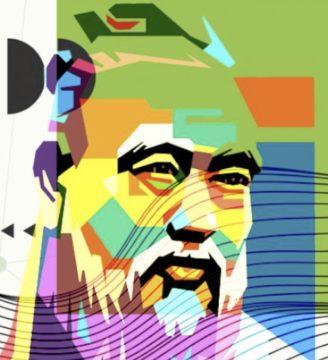 Screentime limits
Screentime limits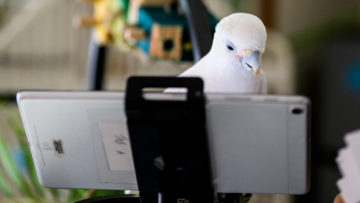 The researchers then observed how the birds used that newfound ability over a three-month period. They wondered: If given the choice, would the birds call each other?
The researchers then observed how the birds used that newfound ability over a three-month period. They wondered: If given the choice, would the birds call each other?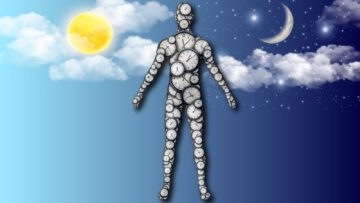 Jane McKeating never expected time to matter much in the liver.
Jane McKeating never expected time to matter much in the liver.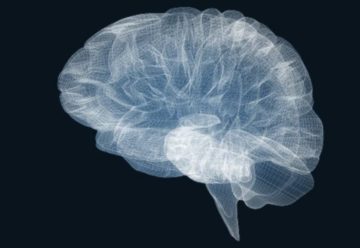 Please pause for a moment and notice what you are feeling now. Perhaps you notice a growing snarl of hunger in your stomach or a hum of stress in your chest. Perhaps you have a feeling of ease and expansiveness, or the tingling anticipation of a pleasure soon to come. Or perhaps you simply have a sense that you exist. Hunger and thirst, pain, pleasure and distress, along with the unadorned but relentless feelings of existence, are all examples of ‘homeostatic feelings’. Homeostatic feelings are, we argue here, the source of consciousness.
Please pause for a moment and notice what you are feeling now. Perhaps you notice a growing snarl of hunger in your stomach or a hum of stress in your chest. Perhaps you have a feeling of ease and expansiveness, or the tingling anticipation of a pleasure soon to come. Or perhaps you simply have a sense that you exist. Hunger and thirst, pain, pleasure and distress, along with the unadorned but relentless feelings of existence, are all examples of ‘homeostatic feelings’. Homeostatic feelings are, we argue here, the source of consciousness.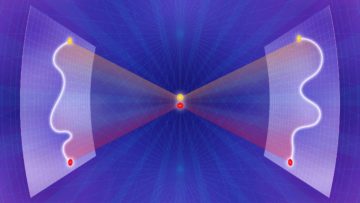 It’s not an exaggeration to say that every major advance in physics for more than a century has turned on
It’s not an exaggeration to say that every major advance in physics for more than a century has turned on 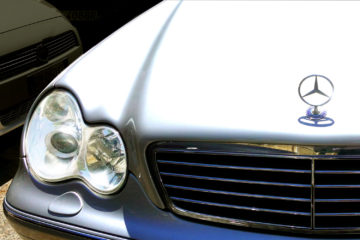 When I’m driving my car, I feel like I’m in my own private domicile, bitch! I’m the driver, so I’m in control: I choose the music, the temperature level, how fast or slow we go. I also suffer the consequences, but that’s fine—it’s my life! And yes, there are things I should consider—agreements between us, called ‘road rules’ and ‘traffic laws’—but if I disregard them, I can pretend that I’m the queen of my own little castle. So, vroom fucking vroom, baby! Let’s ride.
When I’m driving my car, I feel like I’m in my own private domicile, bitch! I’m the driver, so I’m in control: I choose the music, the temperature level, how fast or slow we go. I also suffer the consequences, but that’s fine—it’s my life! And yes, there are things I should consider—agreements between us, called ‘road rules’ and ‘traffic laws’—but if I disregard them, I can pretend that I’m the queen of my own little castle. So, vroom fucking vroom, baby! Let’s ride.